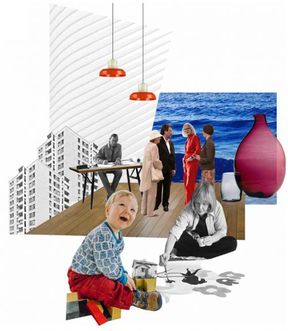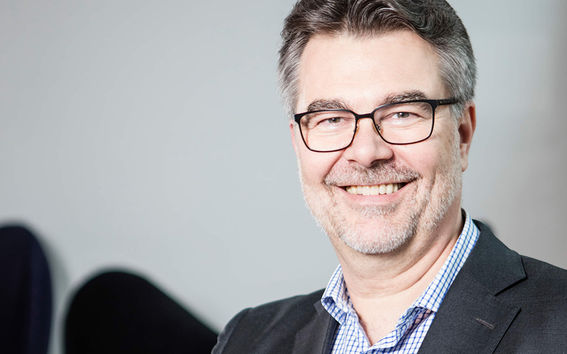Designing the world belongs to everyone

When we were drafting the concept of a new museum of architecture and design, we asked people to tell us what the museum of their dreams would be like.
In their dreams, people were passing through a community garden or having adventures on board Captain Nemo's submarine, or feeling really small before big issues.
The following in particular stayed in my mind:
‘For me, the new museum evokes an image of hands.’
That image is a great summary of the idea of the new museum. Helsinki is building a museum of designing the future, which invites people to look at the world through the eyes of a designer: everything can be done differently, everything can be done better. Designing the world belongs to everyone, and this is something the museum also wants to encourage people to do, to experience and do things by themselves and with others.
The unique collections, research and competence of the Museum of Finnish Architecture and the Design Museum serve as foundations of the new museum. However, it will not be a place for thinking and remembering only, but also a place for doing and creating new things.
So, what does that entail in a museum environment? For example, it may mean that you can make your own ecological copy of a garment on display in an exhibition and take it home with you. Or, if we want to teach environmental planning to school children, they will be given access to the museum's sophisticated virtual design tools. Or, if we as society are wondering what will happen to empathy in the digital era, the museum will organise a workshop where people can come up with ideas on how to design computer applications that would support compassion.
The happiest country in the world has been built by means of good design, architecture and urban planning. What they all have in common is everyday beauty, wise use of materials and a close connection to people and nature.
‘We need a new perspective on human existence, and it must not be based on owning material wealth,’ designer Kaj Franck said in the 60s – and half a century later that idea is more topical than ever. How can we create a good life under the pressure of such forces of change as population growth and climate change?
The new museum will profile Helsinki and Finland as international pioneers in the use of architecture and design for increasing well-being and solving problems. A magnificent building that adheres to the principles of sustainable development is in itself a statement on what future architecture and design can generate.
A museum with its own distinctive image, emerging from our local strengths, is also an inviting place to visit that we can all be proud of. It will increase the attractiveness and vitality of Helsinki and Finland and make them better known – and thus promote our economic well-being. The museum gets people hooked simply by not pretending to be anything other than it is. It can learn from the best, but it does not confine itself to the predetermined standards set for museums of architecture and design. Trailblazers do not copy things already done by others, and they do not need to let the visitors get off easy.
The following is also an easy dream to share:
‘I would like the new museum to be like ice swimming – it challenges you, but you get hooked on the sensation.’
Tuomas Auvinen, Dean of Aalto University School of Arts, Design and Architecture

Tuomas Auvinen was one of the main creators of the concept for ‘The museum of designing the future’, together with Outi Kuittinen and Ulla Teräs. In total, more than 250 experts and citizens from Finland and the world participated in the drafting of the concept, implemented as part of a preparatory project set up by the Ministry of Education and Culture and the City of Helsinki.
In June, the museum was granted EUR 60 million of funding from the Finnish Government's supplementary budget. The final decision on the construction of the museum will be made in cooperation between the City of Helsinki and the State of Finland.
Read more at https://www.uusimuseo.fi/en/
Read more news

Study: Internal combustion engine can achieve zero-emission combustion and double efficiency
A new combustion concept that utilizes argon could completely eliminate nitrogen oxide emissions from internal combustion engines and double their efficiency compared to diesel engines.
A new way to measure contagion: the gut bacterium behind blood poisoning can spread like influenza
Neither the antibiotic-resistant nor the highly virulent strains are the most transmissible.Tonmoy Saha Presents Textile Recycling Research at CIMANET Seminar
The CIMANET Research Seminar, held under the theme “Future Leaders in Circular Materials Bioeconomy,” took place on Thursday, December 4, at the Scandic Marina Congress Center in Helsinki.






